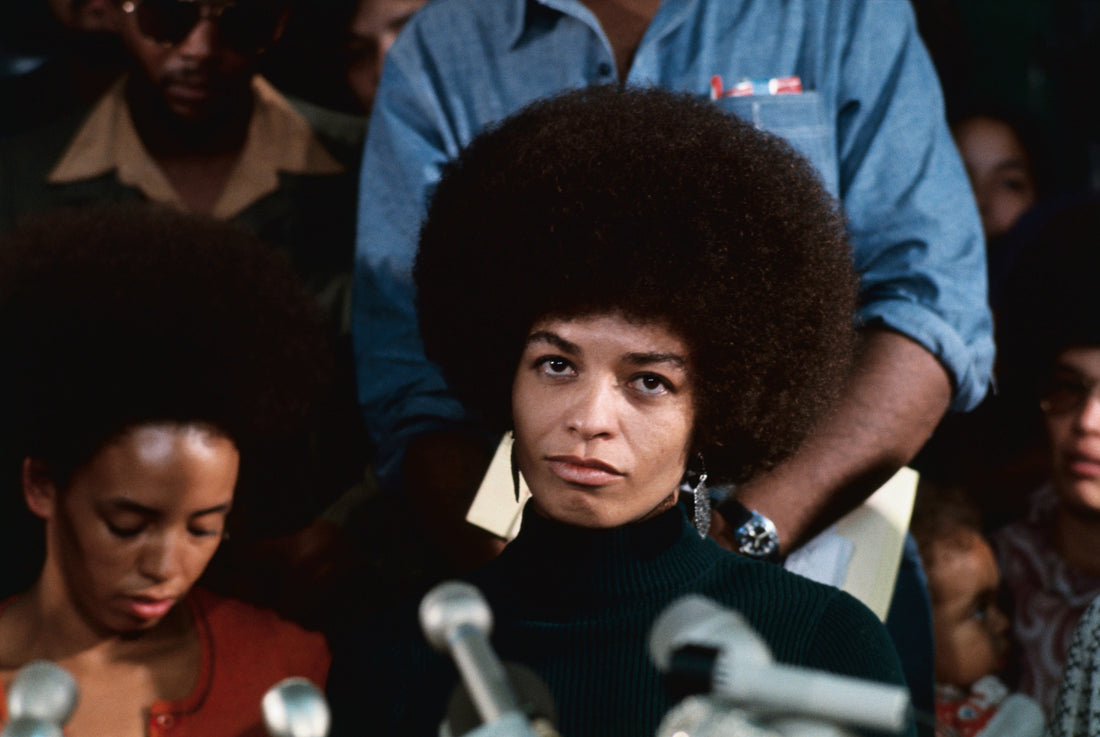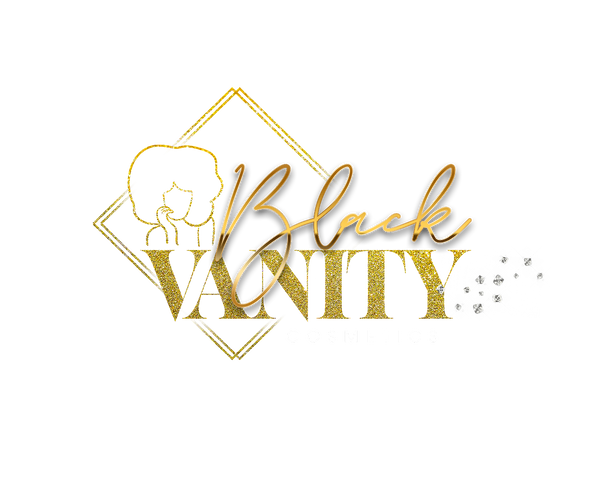
Detangling the History of Black Hair
Akeya Fortson-BrownShare
Black hair is powerful. Whether we’re aware of it or not, our hair is deeply connected to our culture, confidence, and heritage.
Black hair packs history. Living within systems of oppression and prejudice has disconnected many of us from the rich history of our hair.
Black Vanity is here to help us all reconnect to our hair histories and build healthy relationships with our curls.
Taking It Back To Ancient Times


Back in ancient times, as early as 3000 BC, braid, loc, and bantu knot styles were symbols of honor, sources of cultural pride, connections to higher powers, and sacred tools of communication in many African societies.
In the book Hair Story: Untangling the Roots of Black Hair in America, co-authors Ayana Byrd and Lori L. Tharps explain that “since African civilizations bloomed, hairstyles have been used to indicate a person’s marital status, age, religion, ethnic identity, wealth and rank within the community. In some cultures, a person’s surname could be ascertained simply by examining the hair because each clan had its own unique hairstyle. [Hairstyles] also served as an indicator of a person’s geographic origins.”
Understanding the Triangular Trade
The Transatlantic Slave Trade introduced a very different understanding of Black hair, that would plague our community for hundreds of years.
The Transatlantic Slave Trade was one part of a bigger system called The Triangular Trade. This trade system would start with European ships bringing goods to Africa in exchange for enslaved Africans; those enslaved Africans would then be brutally transported to the Americas; and finally, European ships would transport goods cultivated through slave labor back to Europe. It is estimated that between 10 and 12 million enslaved Africans were impacted by this trade system.
To make matters worse, slave traders would shave the heads of many enslaved Africans. This was the beginning of stripping many enslaved people of their cultural pride and identity. What once was regarded as a symbol of honor, a source of cultural pride, and for some, a connection to divine powers, was suddenly defaced and discarded as if it was worthless and meaningless.
To further add salt to the wound, enslaved people did not have access to the same herbs and roots they once had in their homelands to properly regrow and care for their hair. The institution of slavery completely minimized Black hair to a source of pain. In the Americas, Black hair was ostracized, marginalized, and oppressed.
Unpacking the Impact of Slavery
As enslaved Africans struggled to survive in such an oppressive society, a phenomenon called “texturism”, alongside colorism and featurism, started to occur.
Behind texturism, there’s this idea that kinky hair types are bad and silkier hair types are good. Looser curl patterns, along with lighter skin and Eurocentric features, began to become associated with safety. Due to the anti-Black ideologies of American slavery, enslaved people with looser curl patterns were considered to be closer to whiteness and Eurocentric standards of beauty, which often translated to those with looser curl patterns being considered as more beautiful and desirable. This often meant that many enslaved women with looser curl patterns and/or lighter skin complexions would be selected for “house work” instead of “field work”. For many of the enslaved Africans, house work was considered to be safer than field work, so looser curl patterns and silkier hair became desirable while tighter curl patterns and kinky textures became most-hated.
Glancing At Our Recent History
Texturism deeply impacts how we connect to and think about our hair. However, the Civil Rights Movement of the 1960s and 70s introduced a pivotal shift in our understanding of Black hair. Prior to 1960, many women wore styles that required chemical straightening and/or heat straightening (pressing combs). This included smooth waves, relaxers, silk presses, and pompadours. But, during the 1960s and 70s, Ms. Angela Davis and other liberationists helped us to reimagine Black Hair as a symbol of liberation and cultural pride with their iconic afros.
Following the Civil Rights Movement, as hip hop culture began to develop, many prominent Black figures, both men and women, became more creative with their hairstyling as they boldly defied Eurocentric beauty standards while setting pop culture trends.

By the late 2000s, the Natural Hair Movement had begun as Black women took to YouTube to share and listen to Black hair stories. As the Natural Hair Movement exploded, many Black people found healthier relationships with their hair and the product selection for kinky hair textures expanded.
Of course, along the way, we’ve struggled with cultural appropriation, hair discrimination, anti-Black dress code policies, and more. We also still have a long way to go in unpacking the traumas of slavery and building a new liberated understanding of Black hair as a people. But, it is vital that we recognize and restore the true history of Black hair.
Black hair is beautiful — regardless of how tight your curls are, long your hair is, or how much space it takes up in the world. It has always been beautiful. Black hair comes with volume, frizz, and shrinkage … and that’s perfectly okay. It is a means of expression and a symbol of honor.
We hope that every Black person on this planet finds a healthy relationship with their hair because it matters. While the pains of living in racist societies cut deep, the pride of being connected to a rich and powerful history runs even deeper. Period!
Happy Black History Month, y’all!
Sources for further education:

